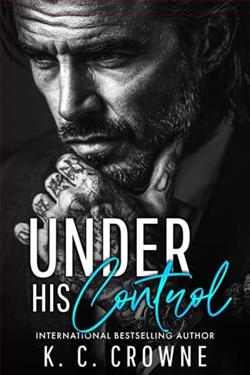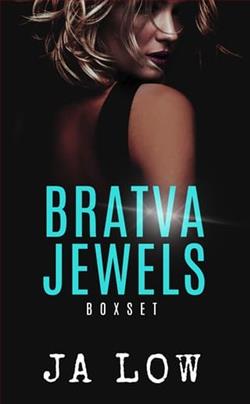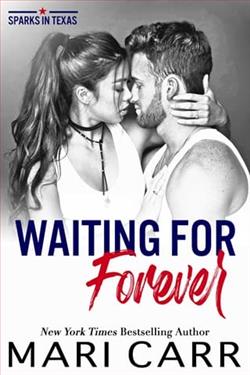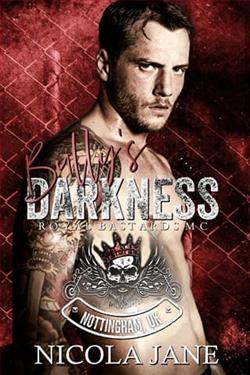Page 23 of The House of Cross
“Let’s say we believe that,” I said. “What about Agnes Pearson?”
He looked at us warily, said nothing.
“Your name appears on her cell phone and her computer in a file where she keeps accounts of the debts that she owes you.”
The Knife snorted. “This woman owes me nothing.”
“She owed someone one hundred and seventy grand, and the only notation on the account is Butterfly, your last name in English,” Mahoney said, stretching the bluff.
“This is an oddity,” Papillon said. “She owes me nothing.”
“But you knew her,” I said.
“I knew her husband through AA and met her twice.”
“She’s dead. Someone shot her to death along with a federal judge.”
“Hmm,” Le Couteau said. “Do you see the illogic of what you are asking?”
“Illogic?”
“You try to say she owes me money, then you imply I shot her. Why would someone shoot her if she owes the money and makes all the payments? No smart man would do this.”
CHAPTER 16
YOU COULDN’T ARGUE WITHthe logic or the fact that Papillon was very sharp. His English was good enough that he had all but copped to loaning Pearson the money without coming right out and saying it.
And his reasoning was spot-on. Why would anyone who was owed a lot of money kill the person consistently making payments on the debt?
“It would be like a bank manager deciding to kill a mortgage holder,” Mahoney said after we’d both sat for interviews with the supervising special agent in charge of the Bureau’s Baltimore office.
It turned out that twenty-nine-year-old Luis Hernandez, the deceased, had already done five years of hard time in a federal lockup for trying to rob an armory while he was still in the U.S.Navy. According to the multiple warrants out against him, he was also a wife-beater who ran a protection racket for a local gang.
“We went in to talk,” I said in my interview. “Mr. Mahoney clearly identified himself and displayed his credentials plainly. Hernandez just didn’t want to go back to jail. Without a doubt, it was a righteous shoot.”
It did not matter that Papillon and the other five men in the café at the time of the shooting were all known members of organized crime groups. None were armed, and the AA affiliation was real. The meeting was even listed on the local AA website.
It was after dark when we finally finished our statements and started the drive home. Nearing Bowie, Maryland, I realized something. “Aldo Pearson never mentioned his estranged wife’s debt.”
“No, he didn’t,” Mahoney said, taking the exit. “But to hear him tell it, they were in the process of dividing assets. He had to have known about it.”
“Exactly,” I said.
We drove to the address Aldo Pearson had given us. As he’d described, he lived in a small apartment above the garage of a sprawling ranch house about six miles from the home he’d once shared with Agnes.
The big ranch was on a heavily treed lot set well back from the road, ensuring privacy. As we climbed the stairs to the garage apartment, we heard rock music playing—Pearl Jam.
We knocked on the door. There was no answer, so we knocked louder.
“Supervising special agent Mahoney, FBI, Pearson,” he yelled.
Still no answer. He tried the doorknob, which turned. Ned pushed the door open, hand on his pistol, took a look, and froze. “Jesus.”
I stepped in behind him and saw what had stopped him.
Aldo Pearson must have put up a hell of a fight. The place was destroyed: Furniture turned over. Television with a big hole in the screen. Glass coffee table shattered. Cupboards in the kitchen open, the contents smashed on the floor. The sofa cushions slashed and flung aside.
Pearson was bare-chested and strapped to a ladderback chair. He had been tortured and then strangled with wire. His bug eyes stared at us.















